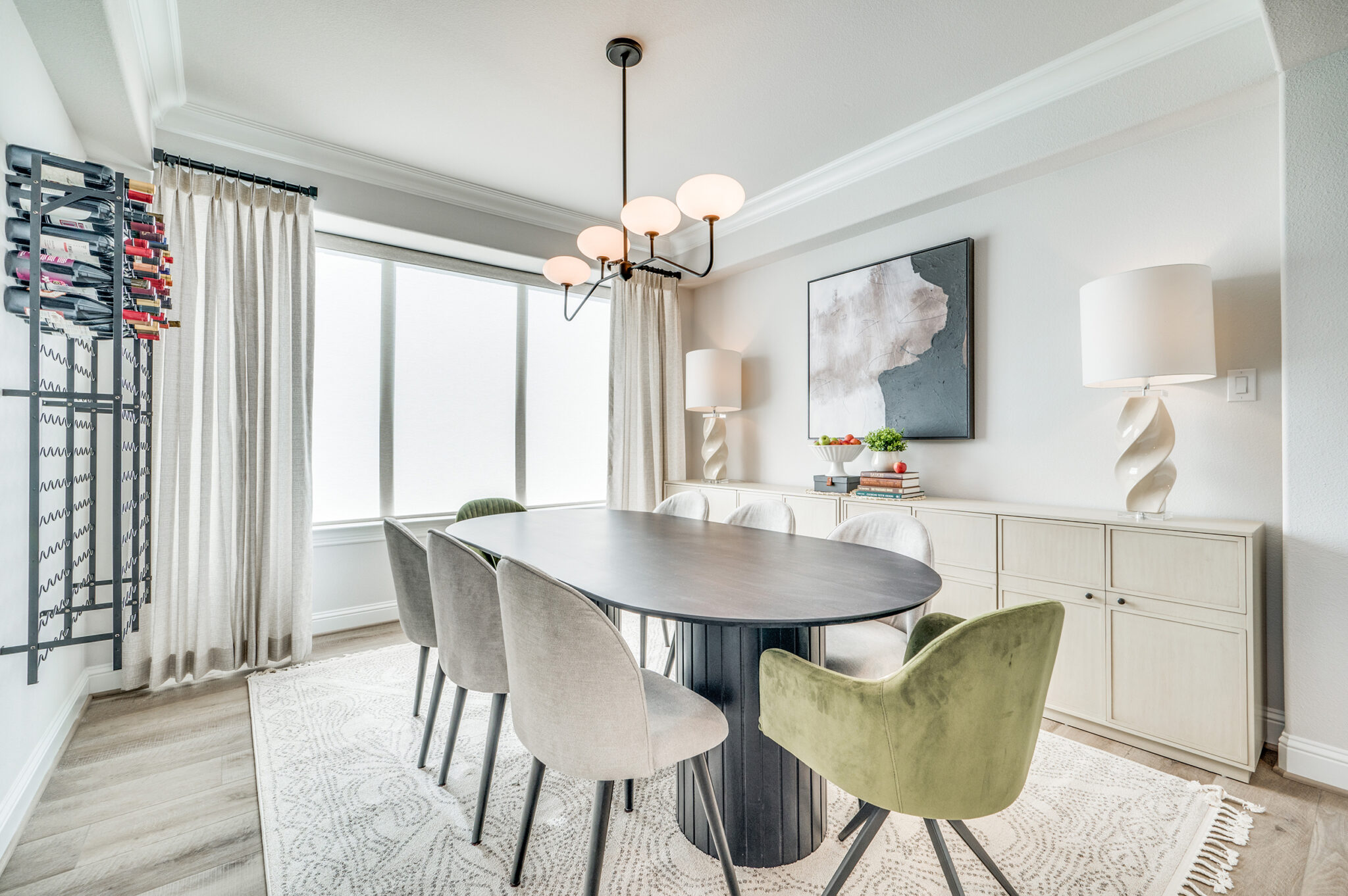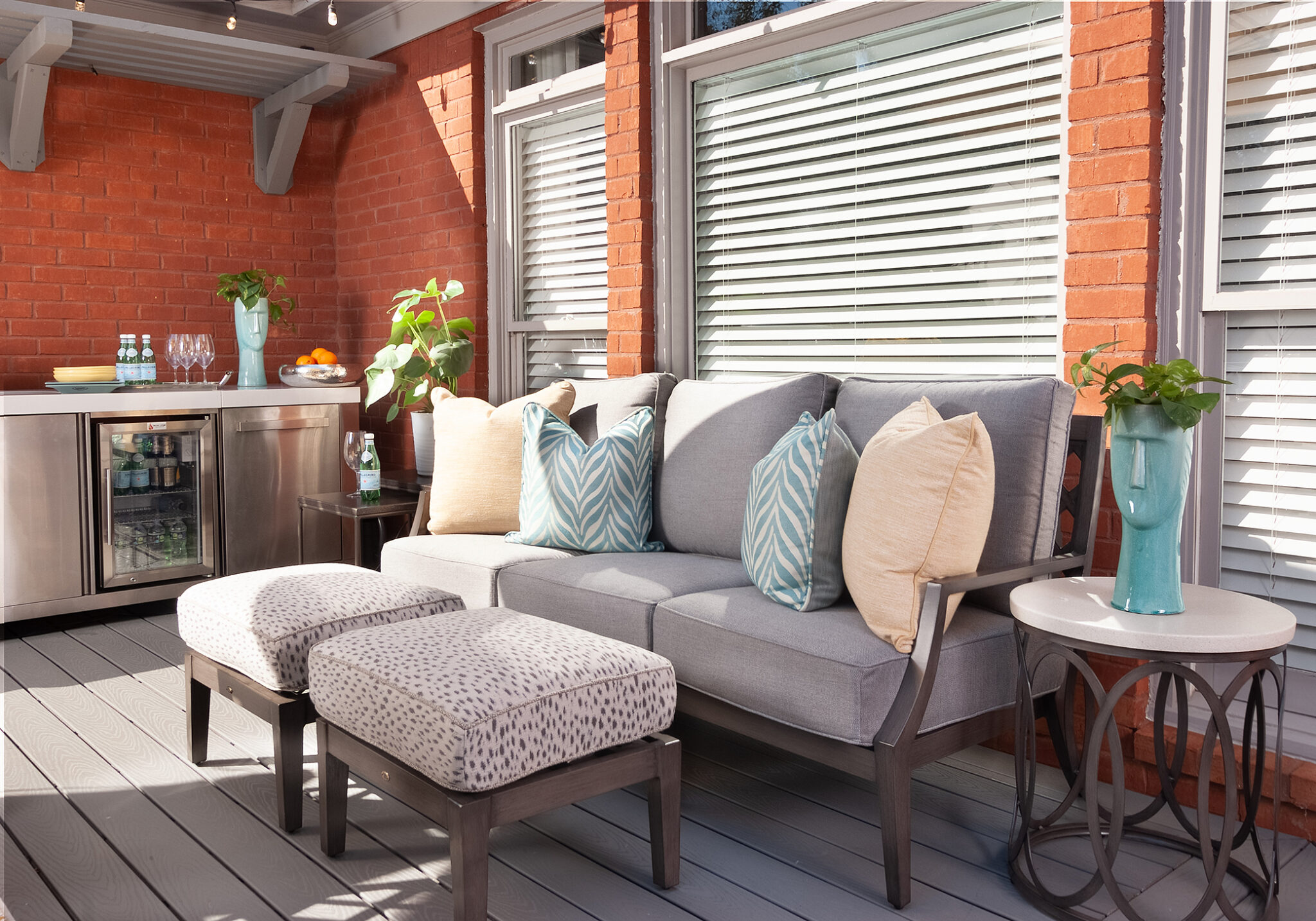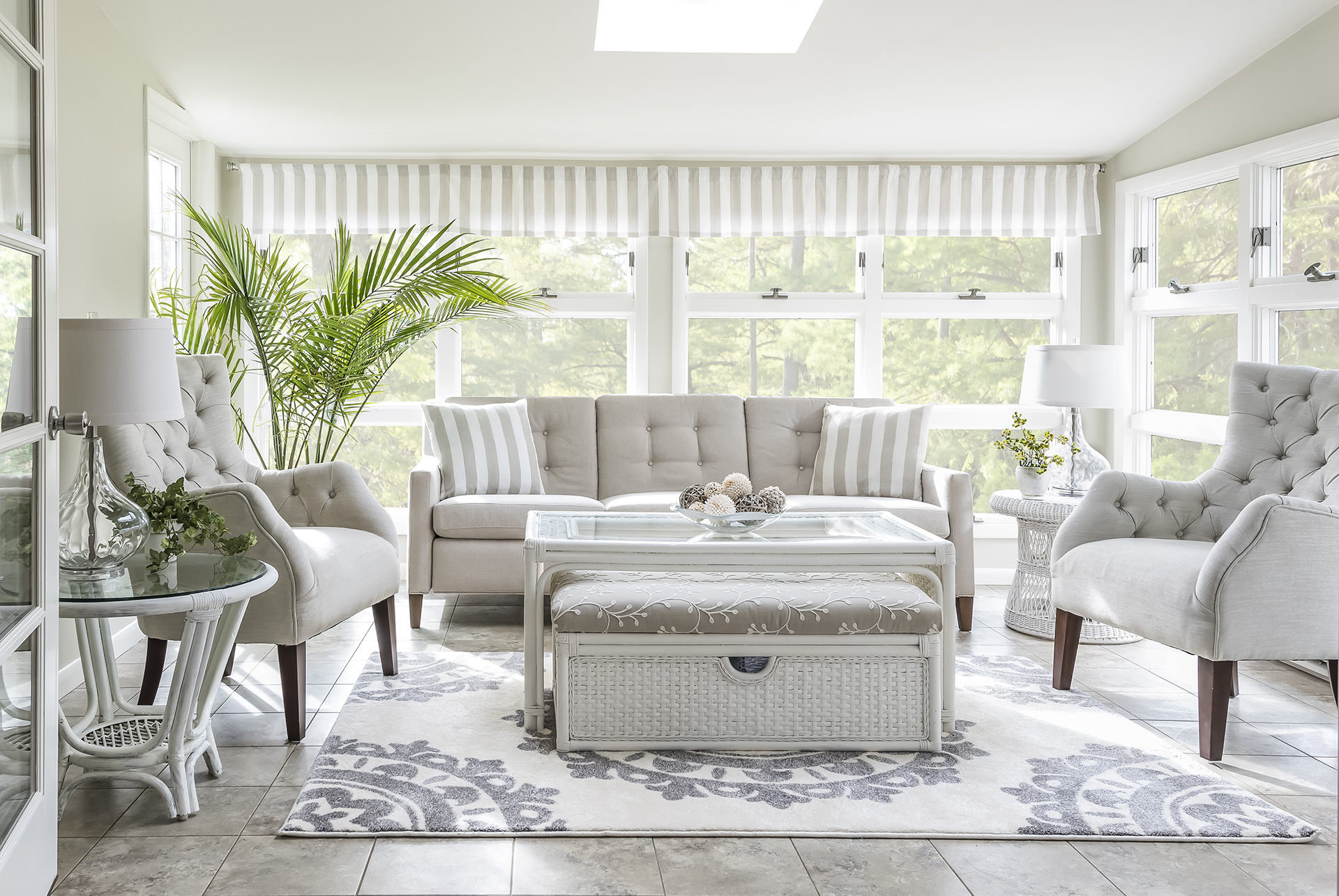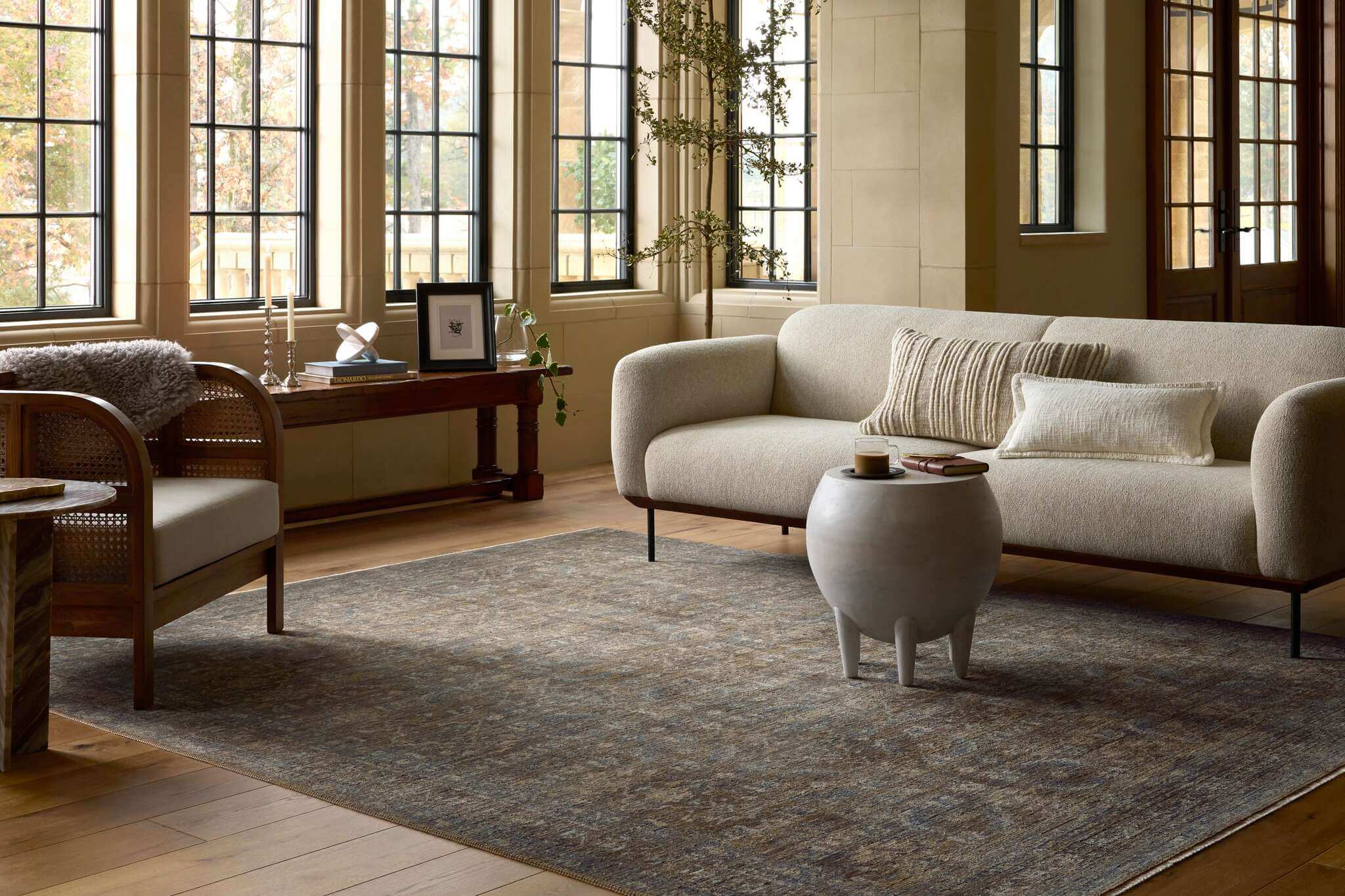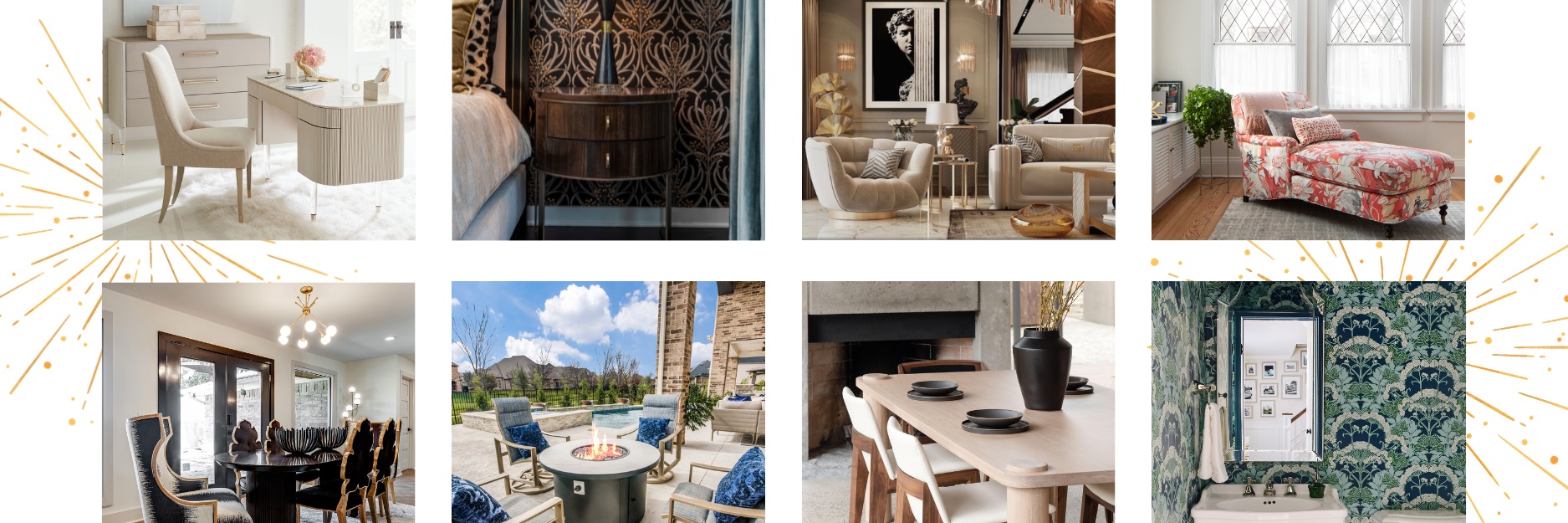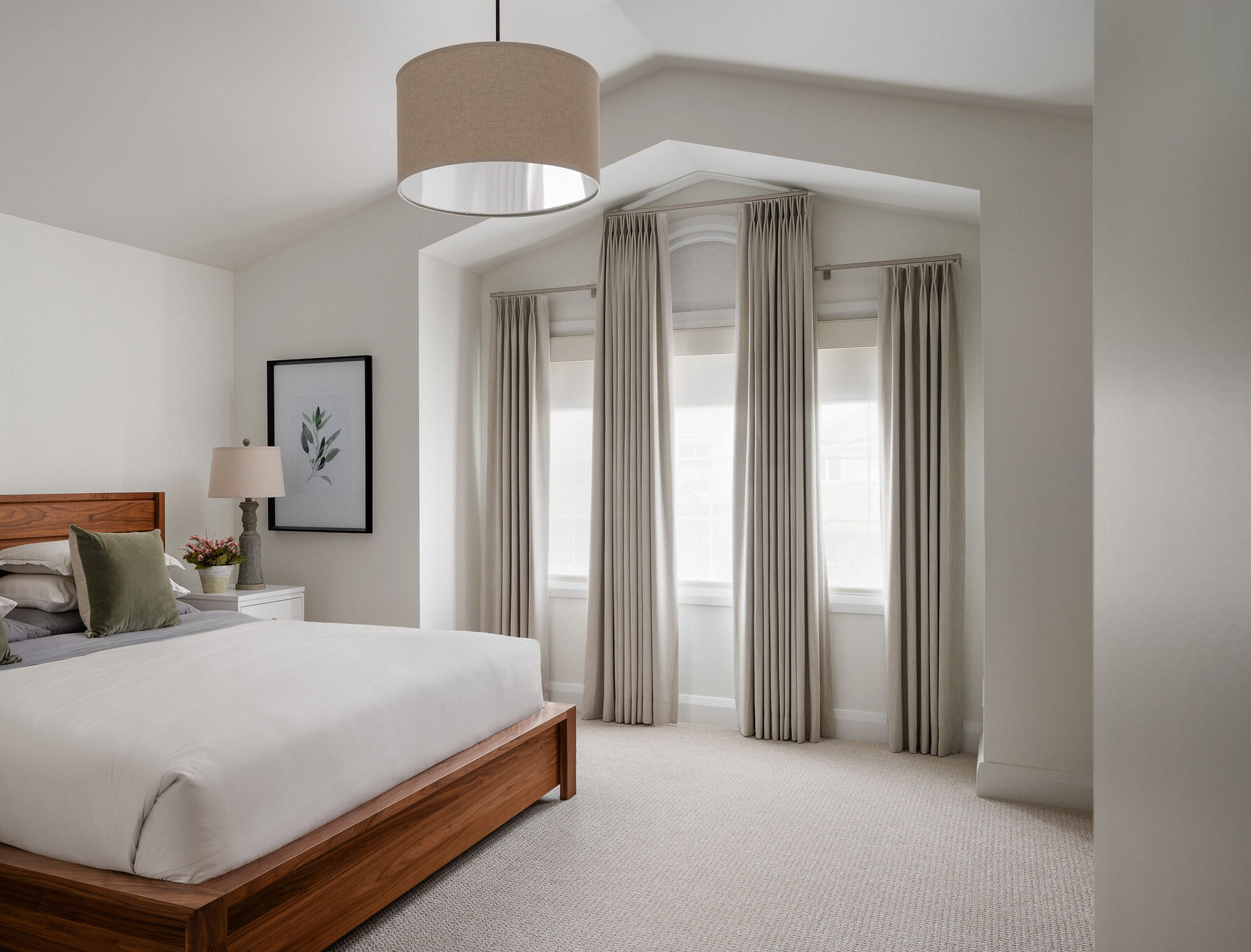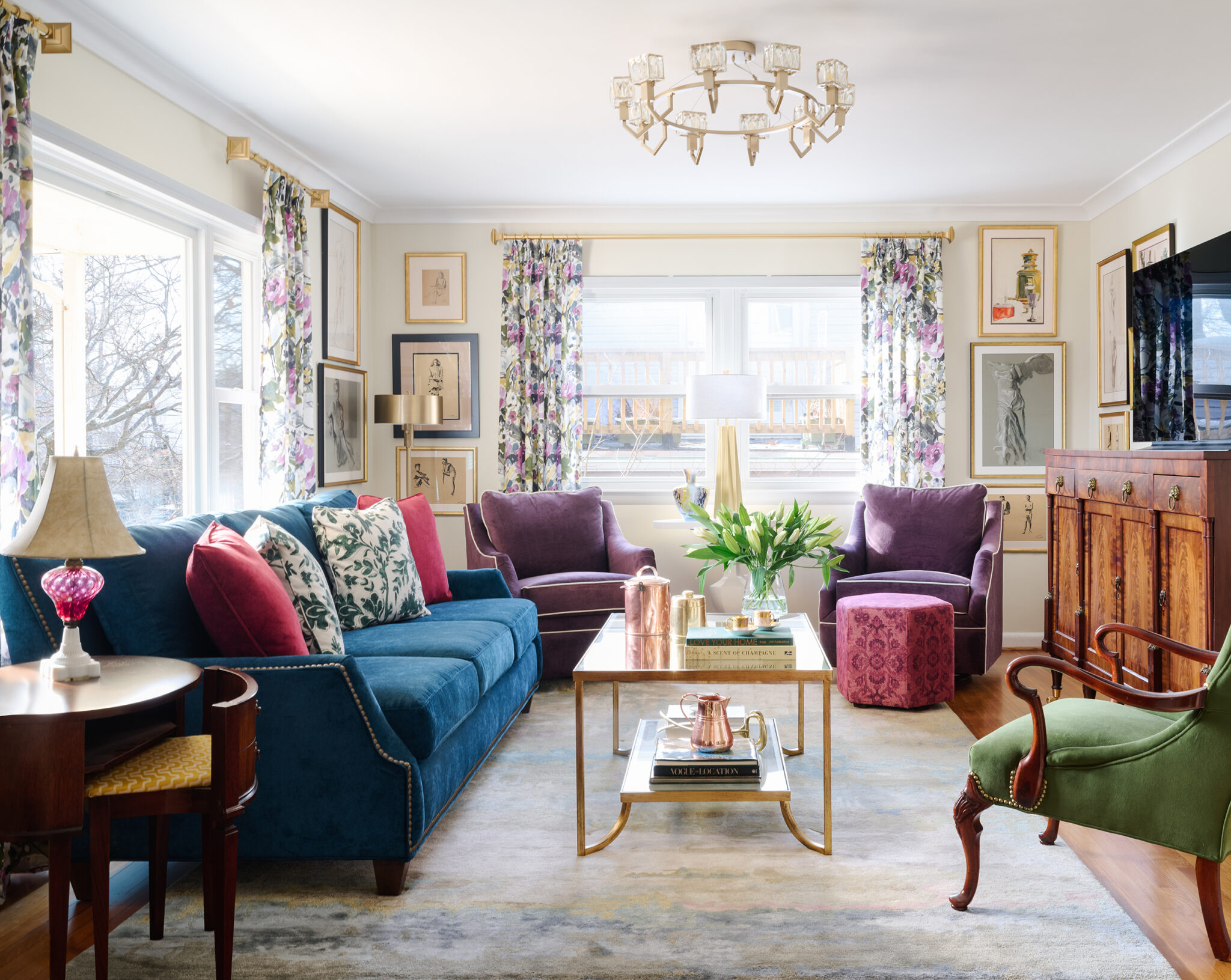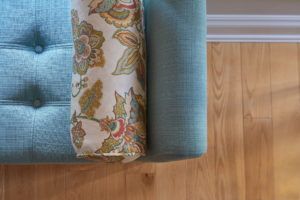
The sofa is typically the workhorse of the living or family room. That’s why it’s so important to protect and maintain it, so it looks great for years to come.
There are several ways to make sure the upholstered furniture in your home stays clean and beautiful through years of regular use. In this article, I’ll describe a few of the best options and also share tips for communicating with your interior decorator to make sure you find the best fabric fit for your lifestyle and design needs.
Daily upholstery maintenance
Surprisingly, the major culprit causing damage to our upholstered furniture isn’t stains and major incidents, it’s daily dirt build-up from simply using the furniture each day.
The best line of defense from everyday dirt build-up is to have a regular cleaning routine that includes either vacuuming your furniture with your vacuum’s suction attachment, or brushing the upholstery with a soft fabric brush. Fabric brushes can be found online or at select furniture supply stores.
By working this into your regular routine you’ll catch most of the dirt before it settles into your fabric, creating that dreaded “dingy” look.
Cleaning stains from your sofa or chair
Whether it’s red wine, chocolate, or that bit of popcorn butter from your fingertips, stains happen, and each instance creates a bit of anxiety as we hunt for the right solution to the problem.
Before this happens it’s important to have a plan and be prepared with the proper tools for your cleaning arsenal. When you get a new piece of furniture, take note of where the informational label is. It’s often attached on the bottom of the sofa or chair, or could be in between modular pieces. It’s not necessary to memorize the details, but be aware of where you can find this in the event a spill occurs.
If you hired a decorator to select your furniture it’s likely that they have a file indicating the type of fabric your furniture piece is made of and can provide recommendations for proper cleaning. (This is why hiring a decorator goes far beyond simply design. We become consultants for all of your interior needs.)
On your furniture label, you’ll likely find a cleanability code from the manufacturer. Below is a list of those codes and how you can interpret them.
Whatever the cleaning instructions, be sure to test the method in a spot that is concealed before applying it to a more visible area to make sure there’s no significant color change or additional staining.
Manufacturers’ cleaning codes
W – Use a water-based cleaning product only. Apply the foam from the water-based cleaner using a soft bristle brush because you don’t want to damage the fibers. Rub gently in a circular motion, and vacuum when dry.
S – Use a water-free cleaning product only. Since this is a chemical based product make sure that the area you’re using it in is well ventilated, and do not use it around any open flames.
W-S – Either a water-based or water-free cleaning solvent can be used, or a combination of both.
X – This code means to only vacuum or brush the fabric. Anything else might damage the fabric. (If this is the case, you may need to call a professional upholstery technician to have them assess your options or provide reupholstering services)
Working with an interior decorator to choose the right fabric for your home
The stress of managing stains can be reduced by choosing the right fabrics for your home and family needs. By working with an interior decorator, you’ll not only find the styles you want, but also have access to fabric selections that reduce the cleaning burden in your busiest rooms.
Here are a few conversation starters to help you get the right support:
- What are the best fabrics for keeping my furniture clean in a high-traffic room?
- What products and supplies should I keep around for events where stains do happen with the furniture we’re selecting?
- Does this product come with stain-resistant options? If so, tell me about the performance of each option and the types of stains and spills it can handle.
- Are there any warrantees or protection plans available?
By getting these questions answered you’ll be better prepared to make the right choices for your fabrics and have the tools you need in your arsenal to protect your investment long-term.


